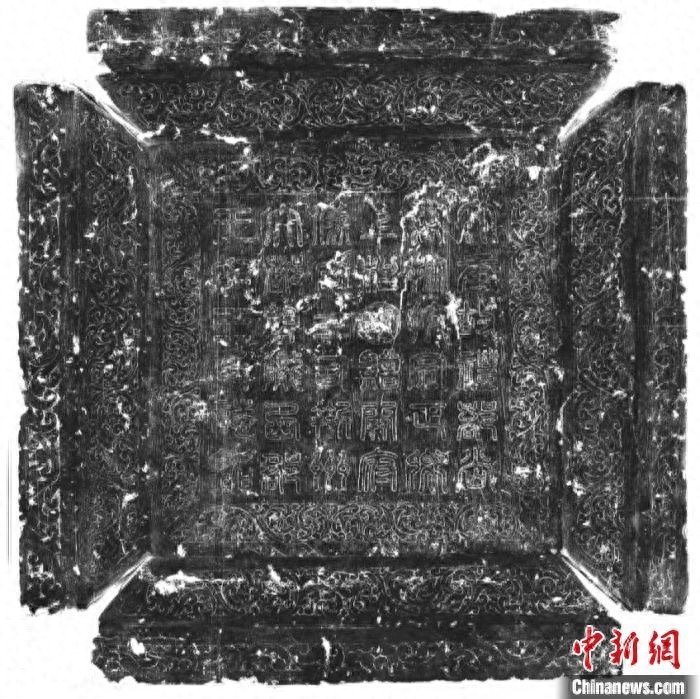It is learned from the School of Cultural Heritage of Northwest University that the archaeological excavation of the joint burial tomb of Li Boyi, the nephew of Li Yuan (Emperor Gaozu of the Tang Dynasty) and the Prince of Longxi, and his wife indicates that for imperial clan members like Li Boyi who could recognize and correct their mistakes, a beautiful posthumous title would be bestowed upon them after their death, and special burial tomb forms would also be adopted. Their joint burial tomb is the only known brick – chamber tomb in the Tang Dynasty with three chambers arranged longitudinally on the axis of the tomb.
The joint burial tomb of Li Boyi and his wife is located in Chang’an District, Xi’an City, Shaanxi Province. It has a long – sloping tomb passage, five tianjing (underground shaft – like structures), and five guodong (passage – like structures). The tomb chamber consists of three brick – built chambers in the front, middle, and rear. It is relatively large in scale, and cultural relics such as pottery figurines, pottery nail – like objects, porcelain lamp holders, and stone epitaph covers have been unearthed.

The picture shows a rubbing of the epitaph cover of Wang, the consort of Li Boyi. Photo provided by the School of Cultural Heritage, Northwest University.
According to the epitaph cover of Wang, the consort of Li Boyi, Li Boyi died in the second year of the Xianheng reign of Emperor Gaozong of the Tang Dynasty (671 AD) and was buried in accordance with the rank and title equivalent to that of a first – rank official. In the early and prosperous Tang Dynasty, most of the officials above the third rank who were highly favored by the emperor were buried in brick – chamber tombs with a long – sloping tomb passage and two arc – shaped square chambers. Li Boyi’s tomb, however, has a long – sloping tomb passage and three arc – shaped square chambers, and its tomb shape is obviously higher – ranked than those of the highly – favored officials.
Documentary records show that during his lifetime, Li Boyi held high – ranking official positions and was titled the Prince of Longxi. He lived a life of luxury and indulgence, was ignorant and incompetent, and was despised by Emperor Gaozu of the Tang Dynasty. Emperor Gaozu bestowed two hundred bolts of silk on him, asking him to buy and study the classics.
Why was this person, who was once despised by Emperor Gaozu of the Tang Dynasty, posthumously titled “Gong” (meaning respectful) and given a tomb shape higher – ranked than that of highly – favored officials? Experts said that after being reprimanded by Emperor Gaozu of the Tang Dynasty, Li Boyi corrected his ways and turned to virtue, and was favored during the reigns of Emperor Taizong and Emperor Gaozong of the Tang Dynasty. The adoption of a three – chamber structure in Li Boyi’s tomb was not an act of overstepping the bounds; instead, it was the result of praise and a special favor bestowed upon him.
Li Boyi served as a positive example of transformation from a person who associated with the wicked and was ignorant to a virtuous one, becoming a typical figure who could correct his mistakes upon learning of them. Bestowing special favors upon him after his death was not only a commendation of Li Boyi but also had an educational significance for the imperial clan members and the officials at that time.






